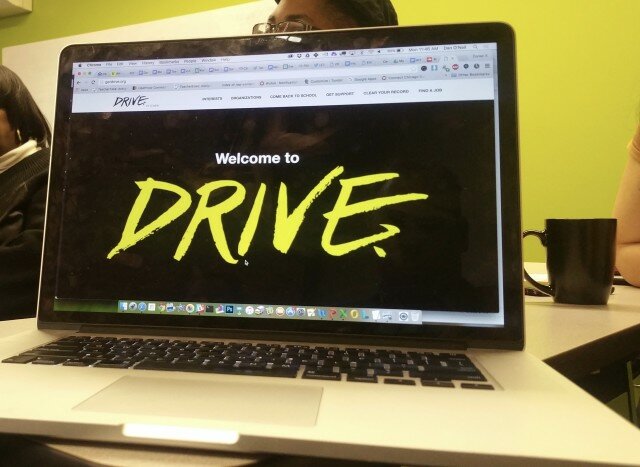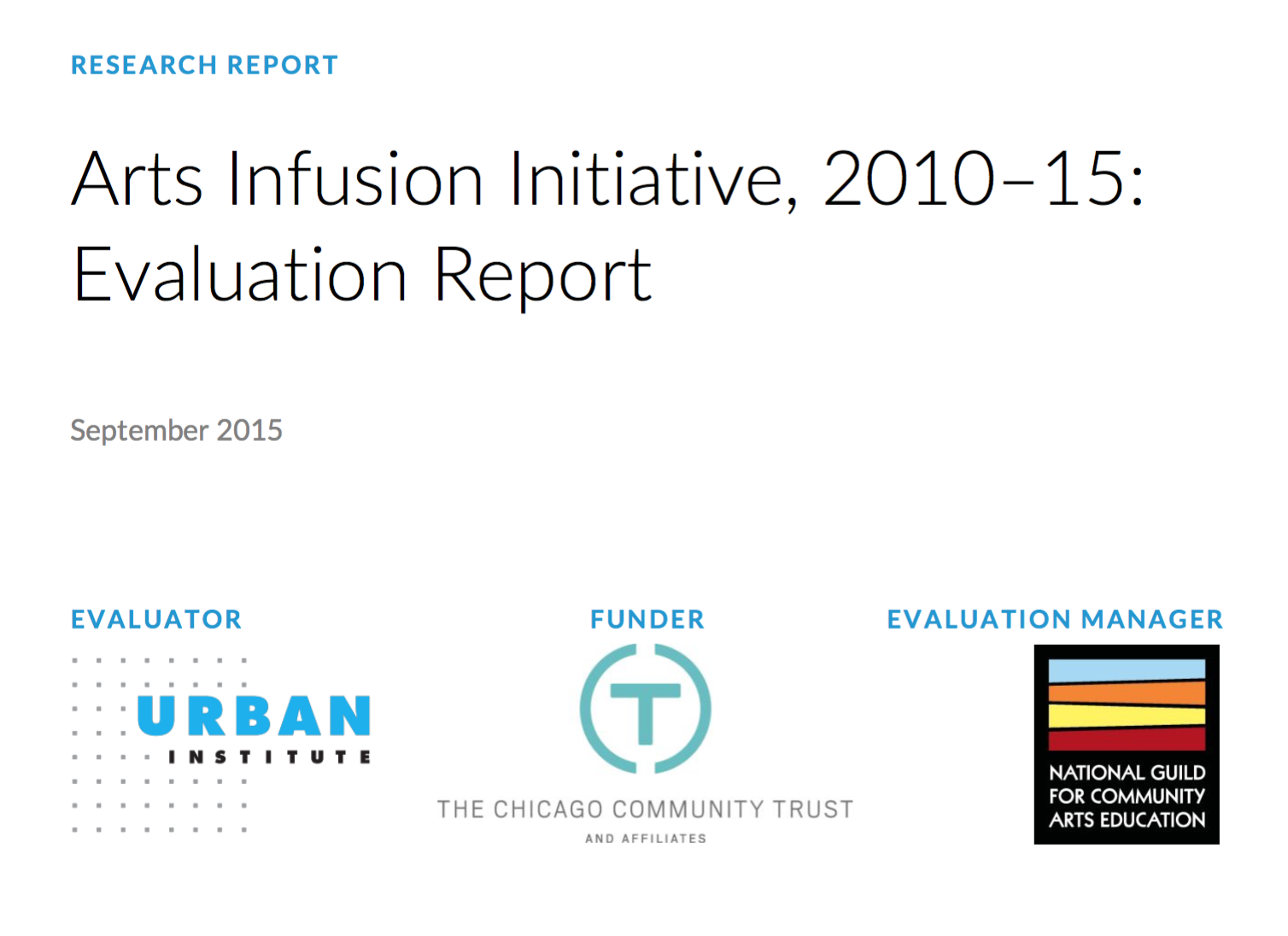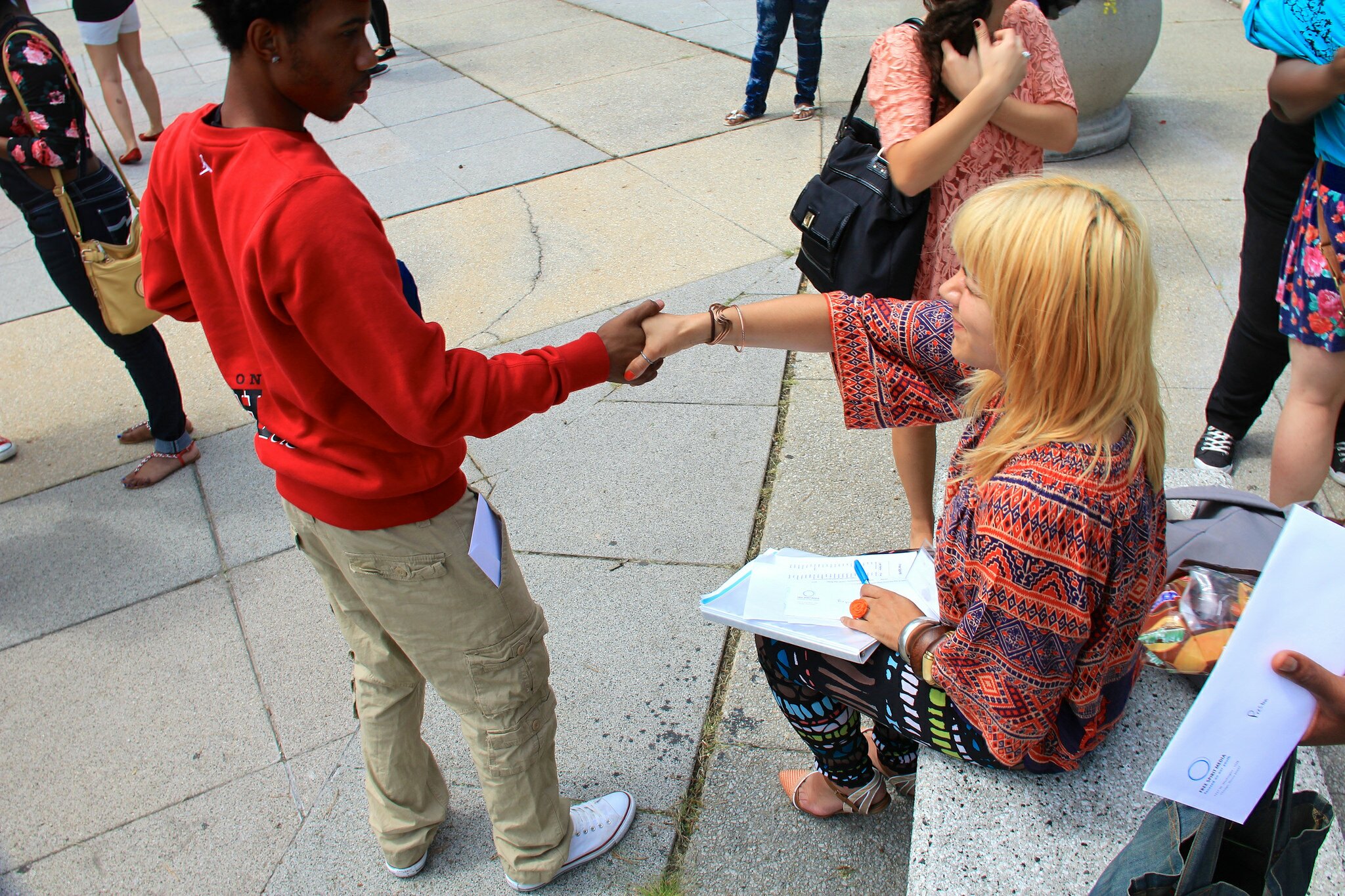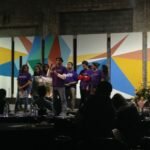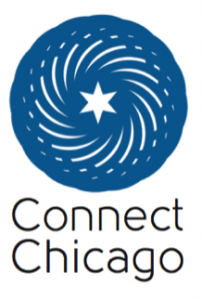Since the shocking murder of Fenger High School student, Derrion Albert in Sept. 2009 (which was not an incident of gun violence), Chicago’s public/philanthropic community has responded by investing more than $100,000,000 in new initiatives aimed at curbing youth violence. One Summer Chicago, Get In Chicago, and Becoming A Man (BAM) are just a few examples.
Yet with all this attention and investment, the statistics remain discouraging more than six years later. Most of the providers of these programs agree that the biggest challenge is attracting and engaging the teens and young adults who are already headed down the deadly path of gang involvement, especially those that have already been arrested.
This is not meant to diminish the value of the public and nonprofit programs that are successfully engaging thousands of teens on the south and west sides of the City in positive/creative youth development programs. Data show that involvement in the arts, sports, and tech activities – particularly when combined with mentoring – will likely help the participating youth avoid violence and make healthier life choices if it is sustained over time. (See “The Crime Lab study finds youth employment program has impact on violent crime arrests“)
The after-school and summer programs are helping concerned parents find safe spaces for their teens and exposing the participants to skills, such as digital media, web design, performing arts, and visual art.
The Urban Institute evaluation of the Arts Infusion Initiative holds some promising insight into engagement strategies that are effective with the more challenging (and more challenged) teens who have already been arrested and are statistically far more likely to be either the perpetrators or the victims of violence.
The “expose, inspire, connect” approach that began with grants to nonprofits like Storycatchers Theatre, Young Chicago Authors, Kuumba Lynx, Free Write Jail Arts and a digital music lab for residents at the Cook County Juvenile Temporary Detention Center (JTDC) has reached more than 4,000 incarcerated teens since 2010. (Hear their voices here.) Most report that they are being exposed to the equipment and instruction for the first time.
One explanation for this is the still-limited availability in low-income areas, but the disconnect is also caused by these young men’s (and it is almost all male) loss of connection to school and their inability to travel safely around their neighborhood or to feel welcome at after-school programs that emphasize safe spaces. Those released teens and young adults who connected with the Arts Infusion organizations were just as likely to travel outside of their immediate neighborhood and often sought out instructors who taught at facilities on the North Side, such as Street-Level and Kuumba Lynx.
Offering the information to every teen leaving JTDC in a format that makes the “connect” process easier for them needs to go beyond adding another piece of printed material to the already overwhelming release process. For this reason, Smart Chicago retained Greater Good Studio to develop a USB DRIVE. You can read more about how it worked here.
